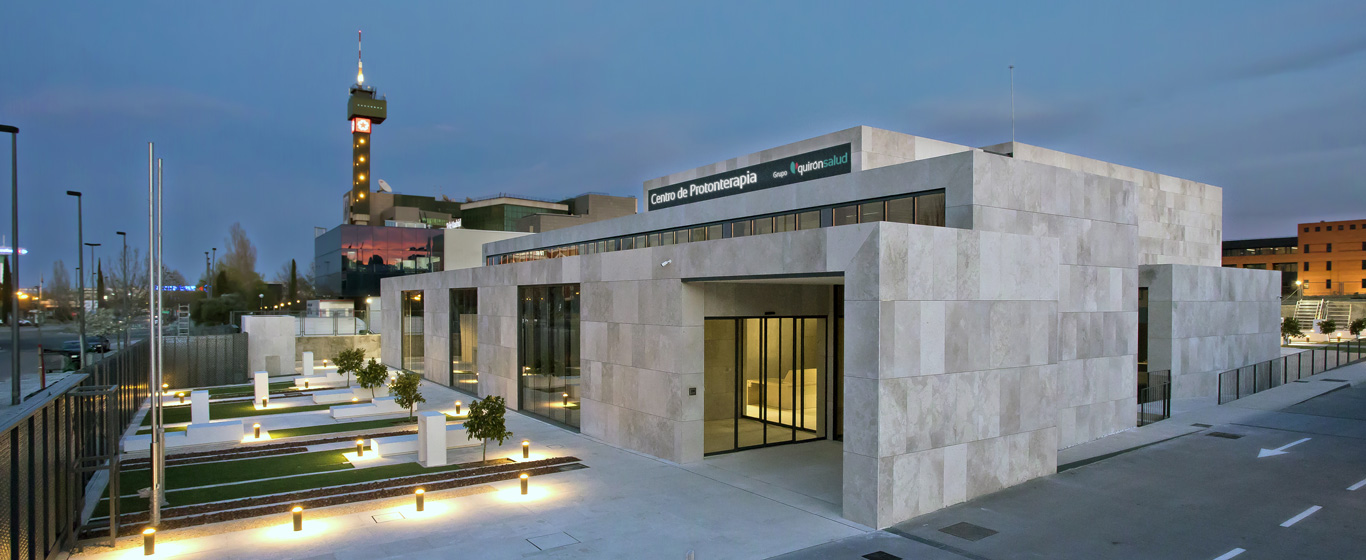Skin Biopsy
A skin biopsy is a diagnostic procedure in which a sample of cells from the skin’s surface is extracted for microscopic analysis. There are different techniques for obtaining a skin sample, chosen based on the required size and depth for analysis: shave biopsy, punch biopsy, or excisional biopsy.

General Description
A skin biopsy is a procedure in which a sample of cells from the skin’s surface is taken for laboratory analysis.
Depending on the technique used to obtain the sample, there are three main types of skin biopsy:
- Shave biopsy: The sample is collected by shaving the skin with a blade-like instrument. This method is used for superficial lesions.
- Punch biopsy: A skin fragment, including the upper layer of subcutaneous fat, is extracted using a special tool.
- Excisional biopsy: A lesion or irregularity is completely removed using a scalpel.
When Is It Indicated?
A skin biopsy helps diagnose or rule out various skin conditions, including:
- Bacterial or fungal infections.
- Skin disorders such as psoriasis, dermatitis, eczemaEczemaEczema , keratosis, or warts.
- Skin cancer.
A skin biopsy is often recommended when the patient presents any of the following symptoms:
- Persistent rash.
- Open wounds that do not heal.
- Rough or scaly skin.
- Spots, moles, or growths that change in shape, color, or size.
- Blisters that do not go away.
How Is It Performed?
In a shave biopsy, a special blade or scalpel is used to shave the lesion and obtain a minimal sample of cells from the upper skin layers (dermis and epidermis).
A punch biopsy involves using a cylindrical, hollow scalpel that, through rotational movements, penetrates the dermis, epidermis, and part of the hypodermis (fatty tissue). This produces a circular sample, approximately four millimeters thick, which is lifted with a needle or forceps and cut with a scalpel.
In an excisional biopsy, the entire lesion or irregular area is removed with a scalpel (if the lesion is too large, only a portion is taken), including a small margin of healthy surrounding skin and also the deeper fat layer.
Regardless of the method used to collect the samples, the tissue is analyzed in the laboratory after being:
- Preserved in formaldehyde (CH₂O) to prevent decomposition.
- Stored in a sterile, sealed container to avoid oxidation.
- Cut into thin slices.
- Stained with special dyes to better distinguish cell structures and abnormalities.
The samples are then examined under a microscope for further analysis.
Risks
Although very rare, there is a slight risk of infection or persistent bleeding. Additionally, there is a possibility of developing a thick, raised scar called a keloid, especially in individuals with darker skin tones and when the biopsy is performed on the neck, back, or chest. While keloids can be aesthetically undesirable, they do not pose a health risk.
What to Expect from a Skin Biopsy
The biopsy is typically performed in a dermatology office. Before starting, the patient removes clothing covering the area where the biopsy will be performed. The doctor marks the site with a marker, sterilizes it, and injects a local anesthetic to ensure the patient does not feel pain.
At the end of an excisional biopsy, the incisions are closed with stitches. Shave and punch biopsies do not usually require stitches; instead, pressure is applied to the incision for a few minutes to stop the bleeding. However, if a large sample is taken using a punch biopsy, one or two stitches may be needed. In all cases, the wound is covered with a dressing. The patient can resume normal activities after the procedure but should keep the wound clean and dry until it heals, avoiding excessive stretching of the skin or impacts to the area. Generally, the biopsy scar fades over time.
Specialties That Request a Skin Biopsy
A skin biopsy is commonly requested in oncology or dermatology consultations. The sample analysis is performed by pathology specialists.
How to prepare
A skin biopsy does not require any specific prior preparation by the patient. The only requirements are signing the necessary consent form and informing the doctor if taking antiplatelet or anticoagulant medications, as they increase bleeding risk and may need to be discontinued before the procedure.








































































































